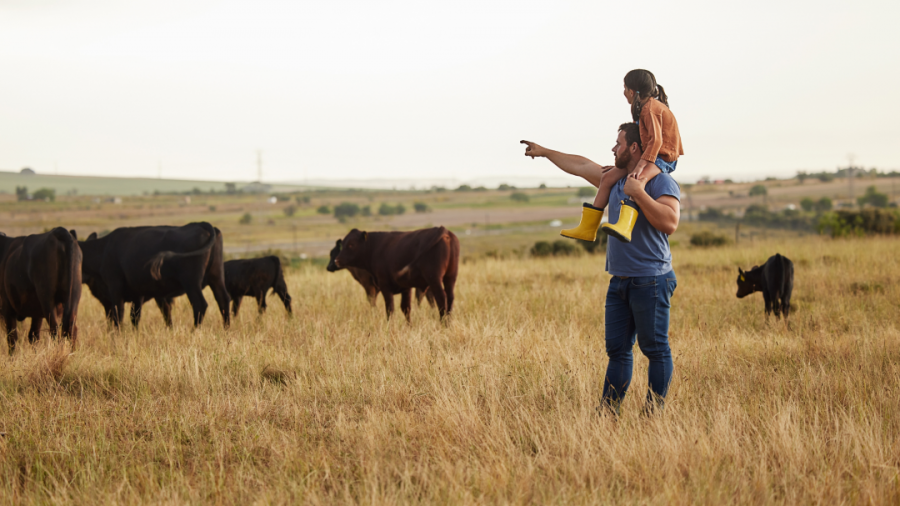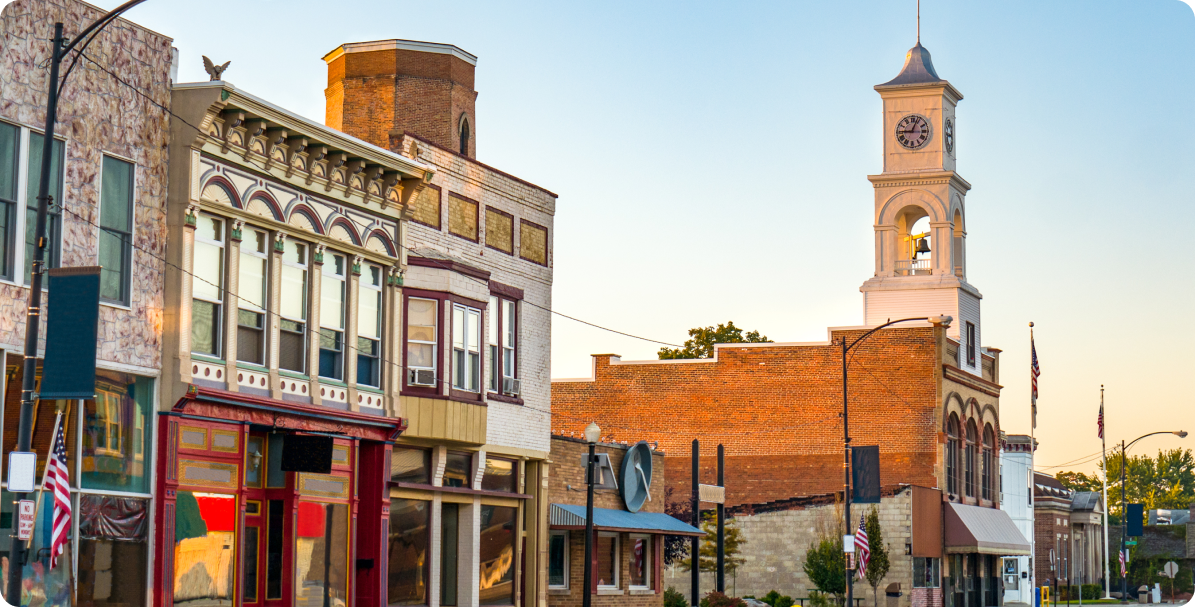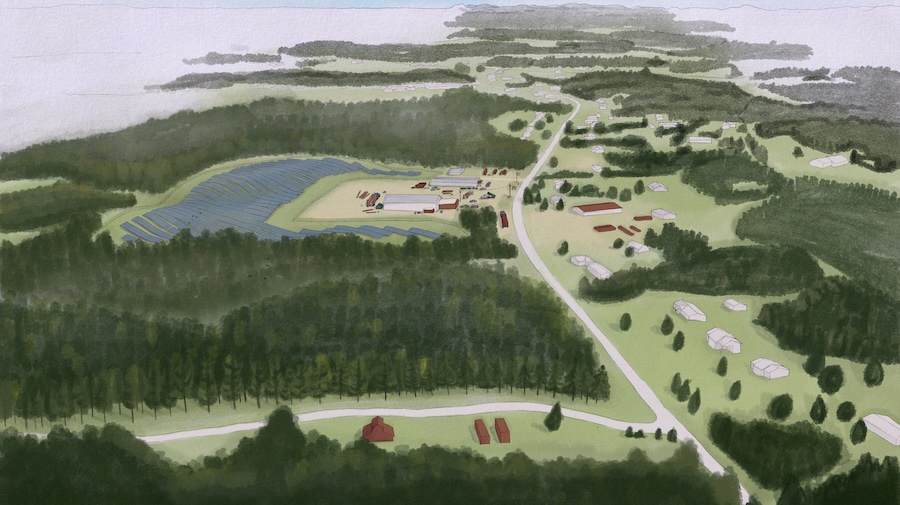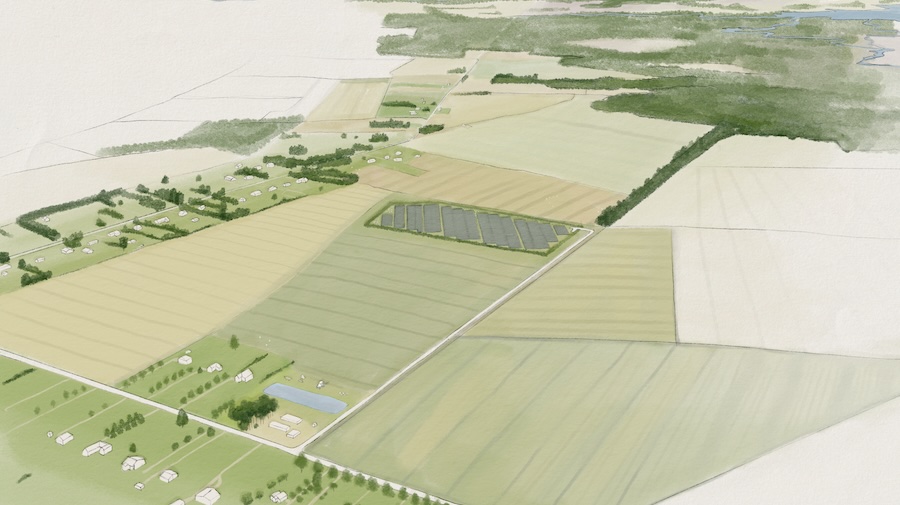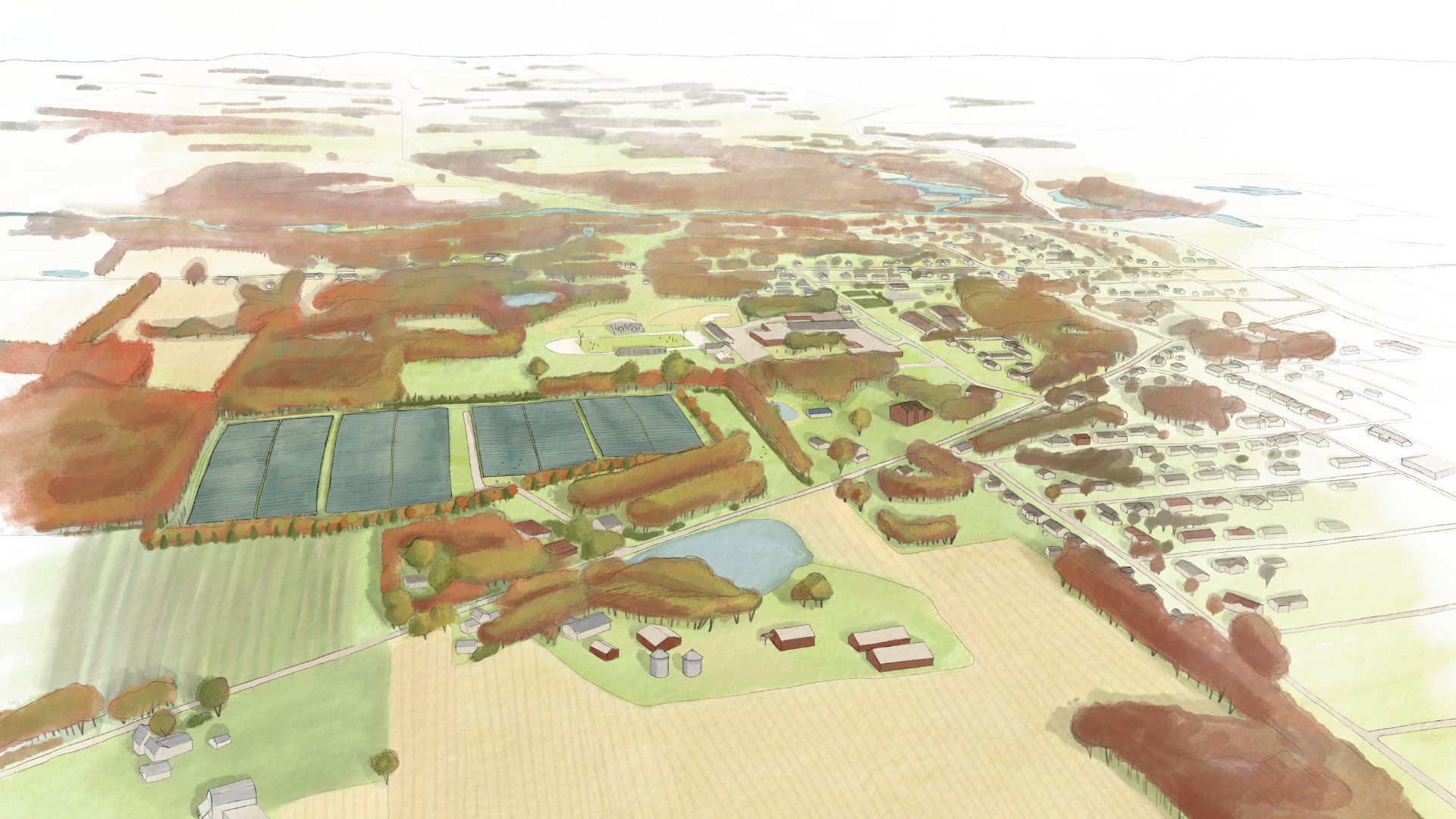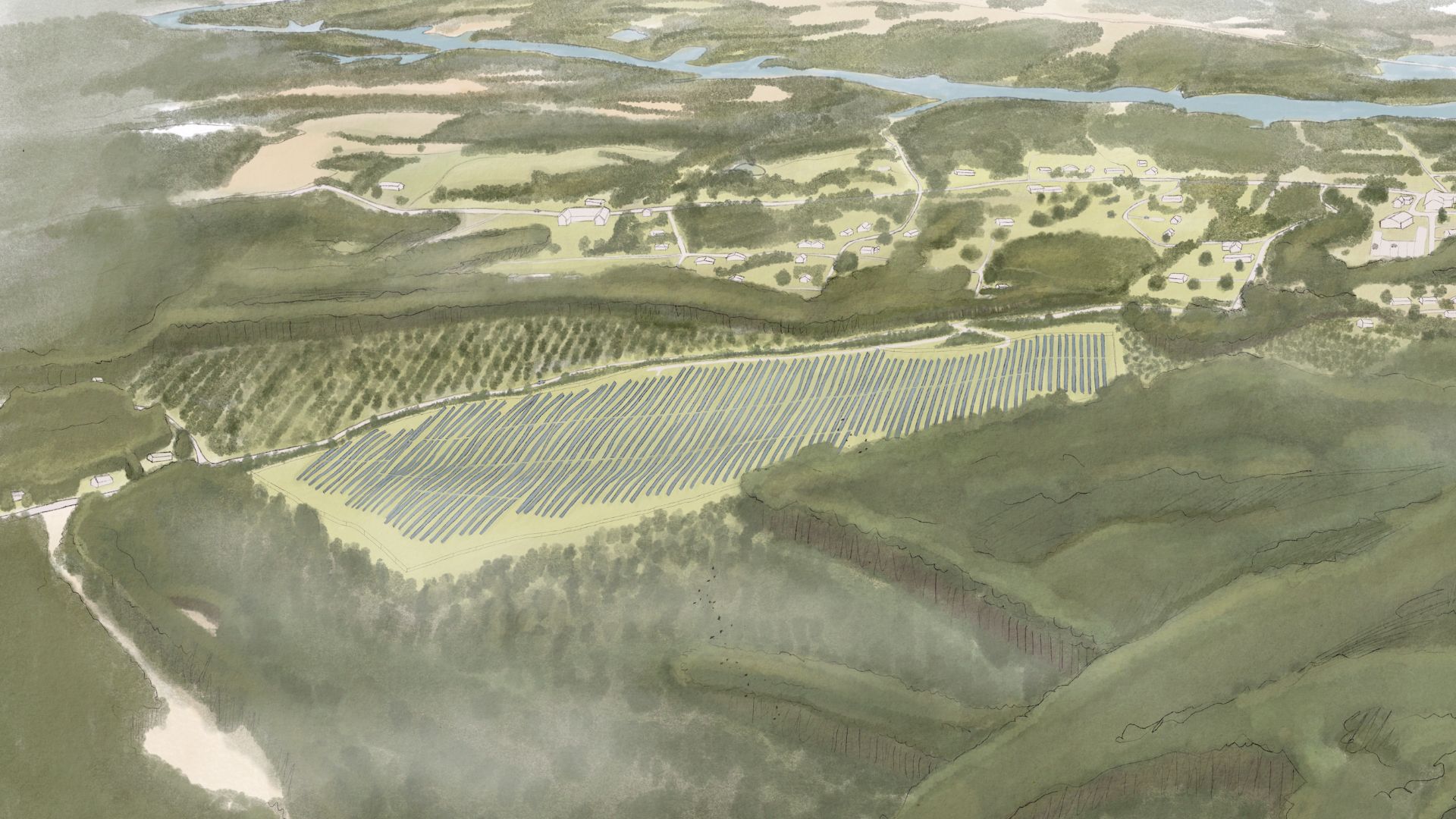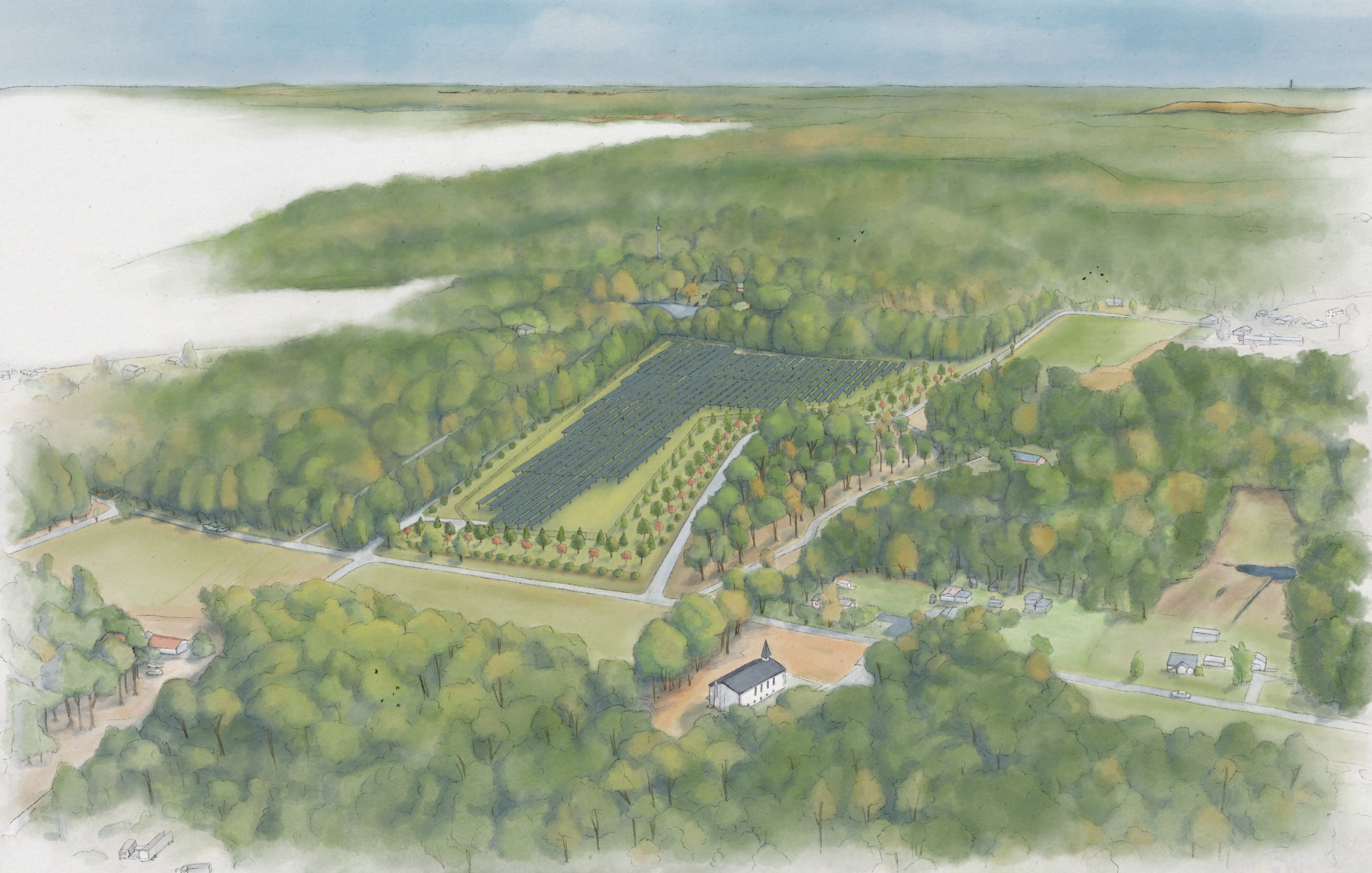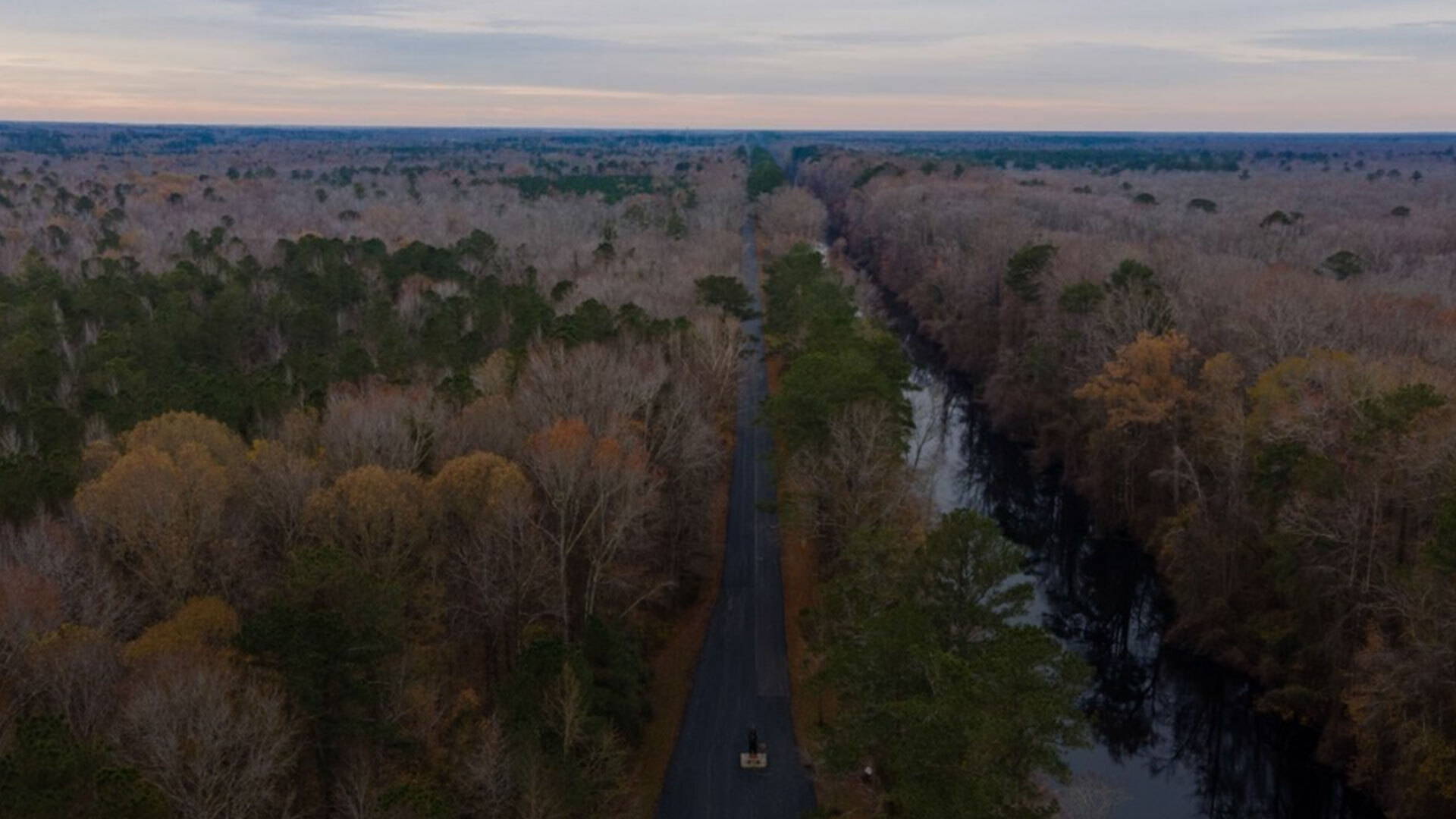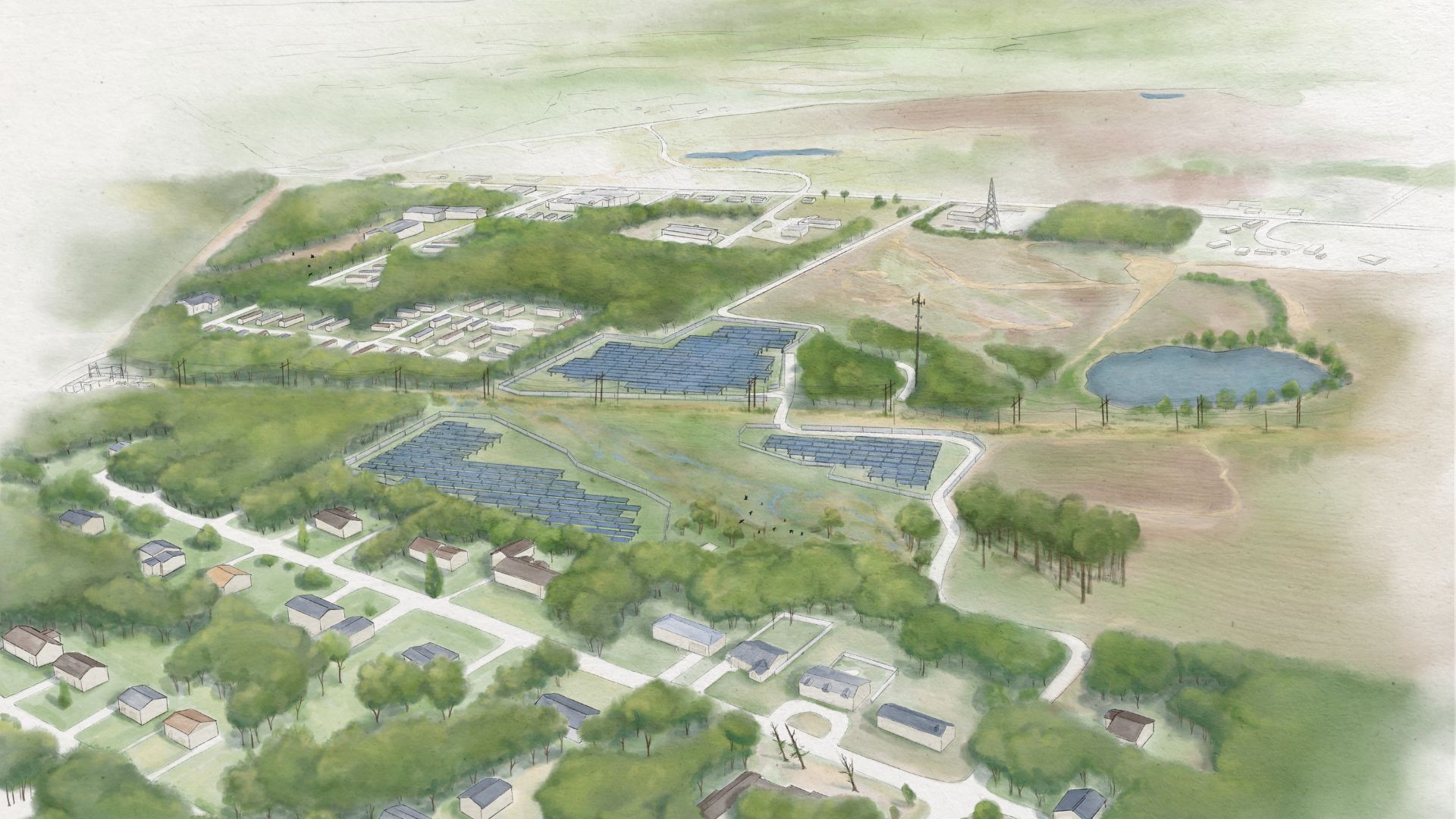Community Solar
Advancing Energy Independence For All
Uplifting communities and advancing energy accessibility.
Community Solar Benefits Everyone
Elevating economic opportunities through the creation of local jobs, tax revenues, and positive environmental impacts.
Landowners
Host a solar farm and enjoy a consistent source of revenue for 30+ years while also supplying American-made affordable energy to their community. Our success is rooted in strong relationships. We work closely with landowners to find the best locations for solar generation and we ensure a smooth process by completing all on-site due diligence, obtaining the necessary land use permits, and implementing the project from design to completion.
Community solar projects provide reliable, long-term lease payments to landowners, offering financial stability that can help sustain family-owned land for future generations.
By leasing land for solar development, farmers can diversify their income beyond traditional agricultural practices, reducing financial risks associated with fluctuations in crop prices and yields.
Solar farms typically have a low environmental impact and can coexist with agricultural activities, allowing land to remain in agricultural use while generating renewable energy.
ESA ensures that landowners’ property rights are respected and that lease agreements are fair and beneficial to the landowner and the community.
Communities
ESA’s people-centered approach to community solar respects and protects rural character while elevating economic opportunity for all. ESA goes the extra mile to ensure host communities reap the benefits of solar farms by providing grants that support community revitalization, environmental sustainability, education support, healthy living, and more.
Community solar projects contribute to a diversified tax base, providing additional revenue for local governments without increasing the strain on services like schools, police, and hospitals.
Unlike some industrial developments, solar farms are quiet and unobtrusive, blending into the local surroundings and minimizing disruptions to residents.
Solar projects can incorporate wildlife-friendly practices such as native plantings and thoughtful fencing, preserving habitats for small animals, birds, and pollinators.
Introducing community solar expands residents’ energy choices by adding a reliable, renewable energy source to the local grid, enhancing energy security, and lowering electricity costs over time.
Generate economic benefits, including job growth during project construction and ongoing operation.
Local Residents and Businesses
Community solar offers affordable energy access and savings to all residents and businesses, even those who can’t host rooftop solar. We want the people who live, work, and play near our solar farms to feel a sense of shared ownership because they can benefit from locally produced renewable energy, too.
Gain access to solar energy without the need for panels on your roof, making it easier for homeowners and businesses to benefit from renewable energy without the hassle of installation and maintenance.
Enjoy greater energy choice with a new, reliable source of clean energy from local solar farms. This diversifies the energy mix and reduces reliance on distant and potentially less sustainable energy sources.
By sourcing power locally from nearby solar farms, communities can strengthen energy security and resilience, reducing dependence on distant power grids and mitigating risks associated with long-distance transmission.
Benefit from potential savings on your monthly electricity bills by subscribing to your local community solar project, which can help offset or reduce the costs of electricity consumption.
We take a people-focused approach to
community solar development.
Site Selection
We look for 20 to 50 acres of land typically used for commodity crops that are close to utility infrastructure. We always avoid sensitive habitats.
Stakeholder Assessment
We cultivate meaningful relationships with neighbors, community-based organizations, the local chamber, etc.
Public Engagement
We conduct door-to-door canvasing and hold community meetings to understand the needs of people in the surrounding area and incorporate their feedback in our design. We also identify opportunities for community impact grants.
Project Development
We handle every stage of the development process including land use permitting, design, interconnection agreements, environmental surveys, etc.
Project Construction
We ensure proper treatment of the land and the community during construction. We maintain local roads, preserve topsoil, establish vegetation to prevent soil erosion and stormwater issues, create workforce development opportunities, and source local labor.
Operation
We conduct regular maintenance to ensure optimal performance and safety. Routine inspections will be conducted on equipment, vegetation, and overall system health.
Decommissioning
After the solar farm is no longer operable, a licensed engineer will prepare a decommissioning plan describing the removal process and the project owner will follow the steps to safely remove and recycle components of the farm. A decommissioning bond will also be provided.
Site Selection
We look for 20 to 50 acres of land typically used for commodity crops that are close to utility infrastructure. We always avoid sensitive habitats.
Stakeholder Assessment
We cultivate meaningful relationships with neighbors, community-based organizations, the local chamber, etc.
Public Engagement
We conduct door-to-door canvasing and hold community meetings to understand the needs of people in the surrounding area and incorporate their feedback in our design. We also identify opportunities for community impact grants.
Project Development
We handle every stage of the development process including land use permitting, design, interconnection agreements, environmental surveys, etc.
Project Construction
We ensure proper treatment of the land and the community during construction. We maintain local roads, preserve topsoil, establish vegetation to prevent soil erosion and stormwater issues, create workforce development opportunities, and source local labor.
Operation
We conduct regular maintenance to ensure optimal performance and safety. Routine inspections will be conducted on equipment, vegetation, and overall system health.
Decommissioning
After the solar farm is no longer operable, a licensed engineer will prepare a decommissioning plan describing the removal process and the project owner will follow the steps to safely remove and recycle components of the farm. A decommissioning bond will also be provided.
Explore our recent projects
Get In Touch.
Connect with our team to get started.

